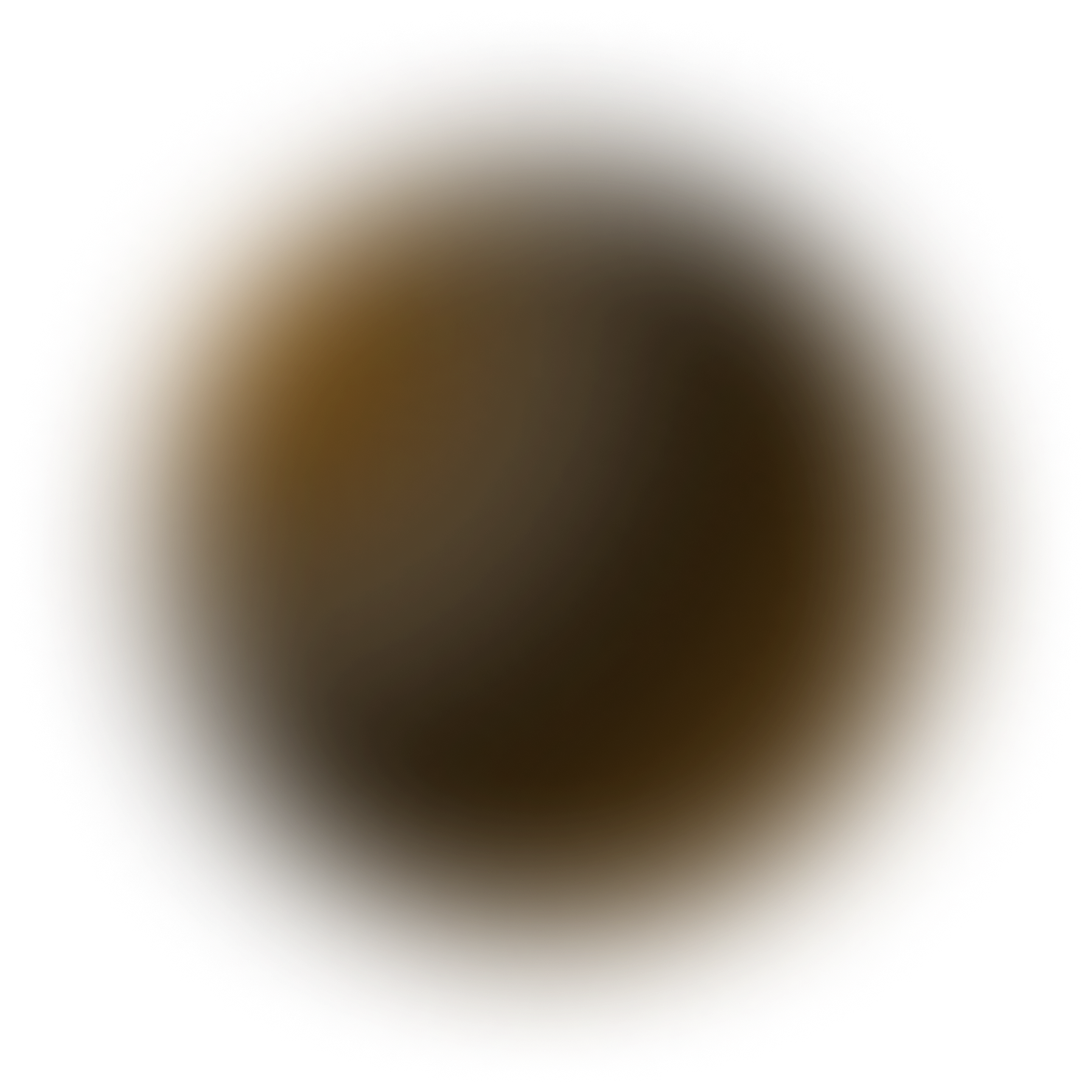
Starbuck's - Tall, 2 Pump, Nonfat, No Whip Pumpkin Spice Latte, 6 oz. (1 serving(s))
Breakfast
115 mg/dL
avg. peak value
Usually causes a medium spike
Avg. Food Score on Ultrahuman App
Ultrahuman Users got an UNSTABLE response
Other related foods
How to consume starbuck's - tall, 2 pump, nonfat, no whip pumpkin spice latte, 6 oz. without glucose spikes
Pair with Protein
Consider having a small protein-rich snack like a boiled egg or a handful of almonds before or with your latte. Protein can help slow down the absorption of sugar into your bloodstream.
Include Fiber-Rich Foods
Consume a fiber-rich food item such as a small apple or a few carrot sticks alongside your latte. Fiber helps in moderating blood sugar levels.
Stay Hydrated
Drink a glass of water before consuming your latte to help dilute the sugar and aid in digestion.
Increase Activity
Engage in a short walk or some light exercise after enjoying your drink. Physical activity can help your muscles use glucose more efficiently.
Choose Whole Grains
If having your latte with breakfast, opt for whole-grain options like oatmeal or a whole-grain toast to accompany it. Whole grains can help stabilize blood sugar levels.
Add Cinnamon
If possible, sprinkle some cinnamon on your latte. Cinnamon is known to improve insulin sensitivity.
Mind Portion Size
Consider reducing your portion size by opting for a smaller size or sharing the drink with someone else.
Slow Down Consumption
Sip your latte slowly over an extended period rather than drinking it quickly, allowing your body to process the sugar more gradually.
Monitor Timing
Have your latte as part of a balanced meal rather than on an empty stomach to help mitigate spikes in glucose levels.
Experiment with Ingredients
If you frequently indulge in this latte, consider reducing the number of pumps of syrup or trying a version with less sugar content to gradually adapt your taste preferences.

Find Glucose response for your favourite foods
Explore OGDbDiscover
metabolic
health with M1
Ultrahuman M1 helps you measure the impact of food and activity on your body in real time through glucose as a biomarker.
Explore Ultrahuman M1Your cart is empty
Browse through our products and find something for you.

The concept of using CGM to guide your training and food plan is brilliant. The app is also very well laid out.
Rakannan - user since Jul 2021

I didn't follow any fancy diet, yet managed to educate myself around food, and built a sustainable & healthy lifestyle.
Athif Hasan - user since Sep 2021

Ultrahuman M1 has done what meal plans and diets have failed to do; make me better without all the restrictions.
Anwar Shai - user since Jun 2021
10% off on your first purchase
Subscribe to our WhatsApp for the latest updates and offers, and enjoy 10% off on your first purchase.